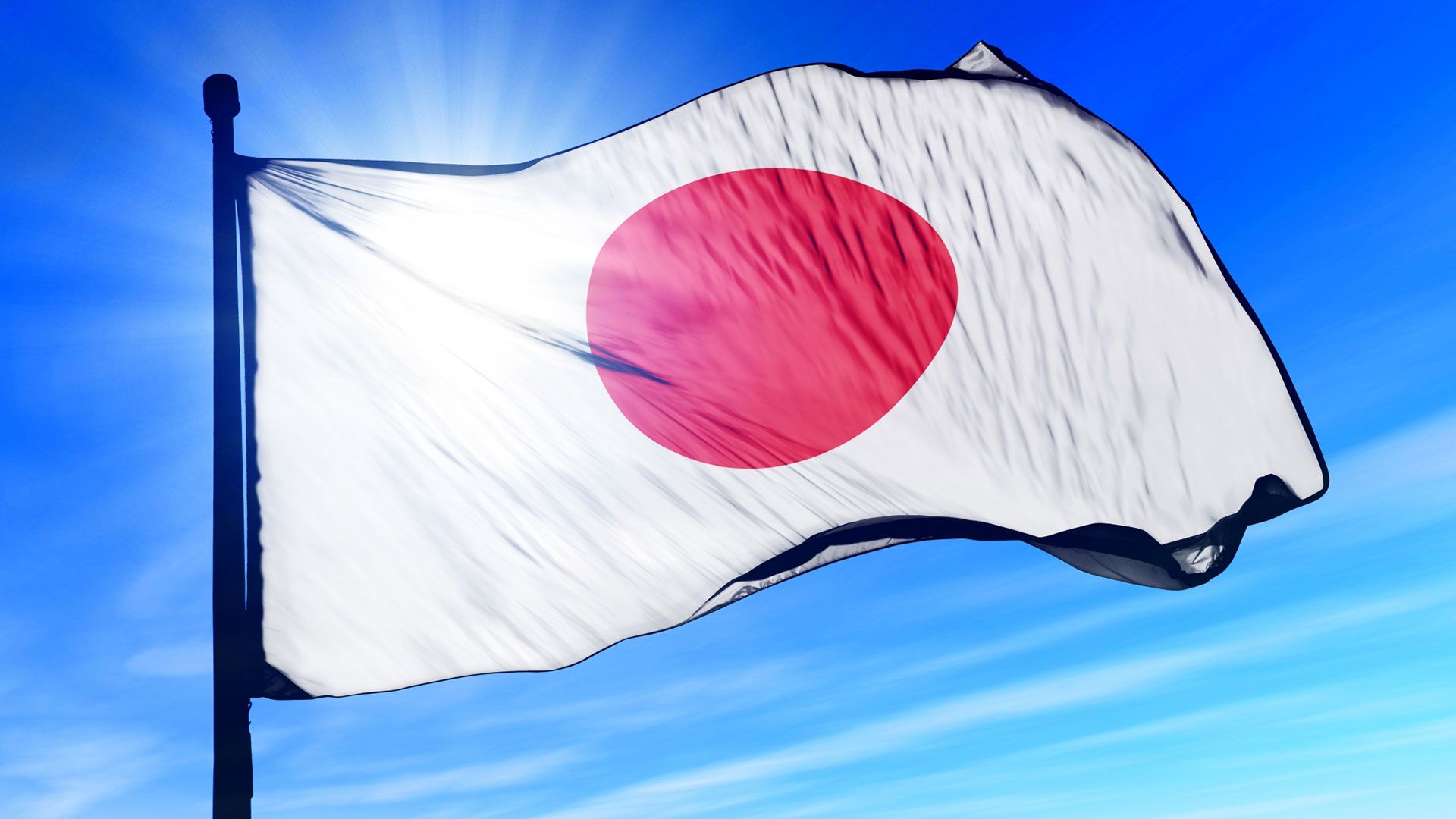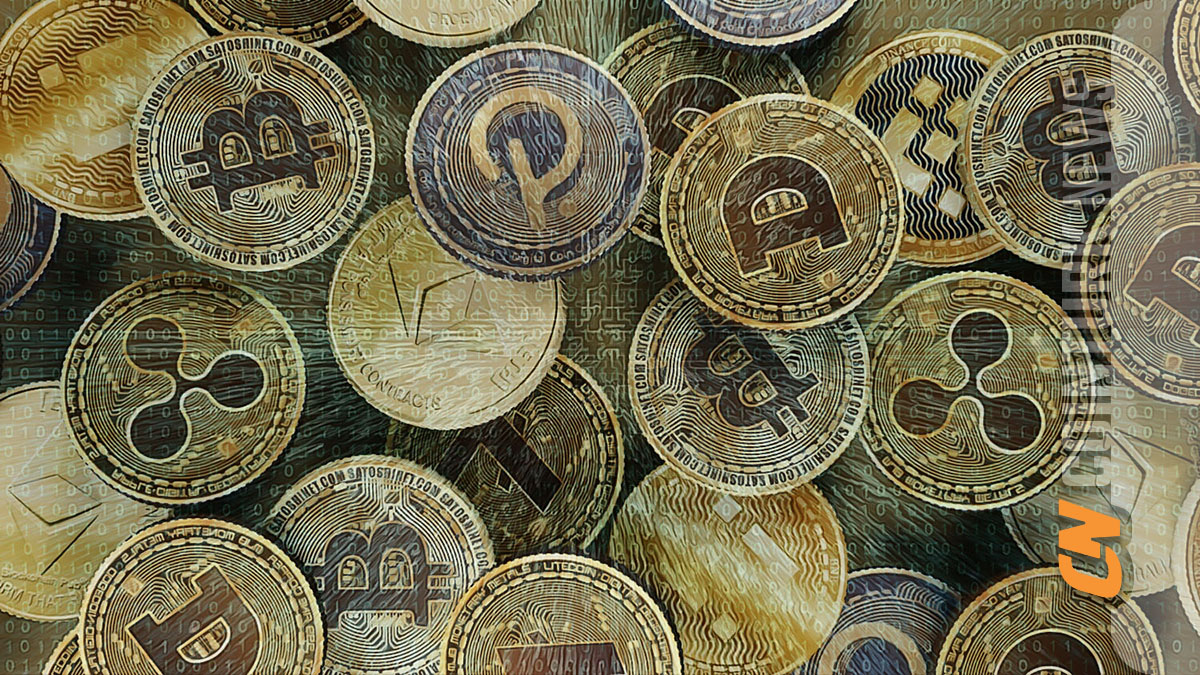Griffin Ardern, a volatility trader at Blofin, a cryptocurrency management company, highlighted the importance of paying attention to the Bank of Japan (BoJ) rather than the Federal Reserve (Fed) due to the potential impact of the BoJ on global market flows and the lack of transparency in its policy compared to other central banks such as the Fed and the European Central Bank (ECB).
“The BoJ Will Be the Most Important Uncertainty Factor in the Future”
Griffin Ardern stated, “I believe the BoJ will be the most important uncertainty factor in the future. Whether it is the Fed or the ECB, their policy paths have been transparent, but this is not the case with the BoJ. This means that the BoJ can surprise us beyond expectations.” Since 2016, the BoJ has kept short-term interest rates at minus 0.1% and the yield on 10-year government bonds at around 0% through yield curve control (YCC). It has also set a tolerance band of 0.5% above and below the target yield. The central bank said in July that it would allow the yield to move above the threshold as long as it remains below 1.0%.

These policies, which increase liquidity, have been exerting downward pressure on global bond yields for years, resulting in trillions of dollars flowing into global liquidity. The prolonged easing trend has made arbitrage trades involving borrowing in Japanese yen and investing in high-yielding risk assets popular.
Therefore, the potential easing of the BoJ’s negative interest rate policy and yield curve control may strengthen the Japanese yen and have chain effects on risky assets, including cryptocurrencies. While the Fed, ECB, and others believe that their tightening cycles have peaked, the BoJ has not yet made any moves regarding interest rates.
Based on this situation, Ardern said, “When the BoJ starts to ease its ultra-easy policy, many assets previously obtained through the JPY/USD arbitrage channel (carry trade) can be sold to repay debts denominated in JPY. This can have an unexpected impact on the cryptocurrency market.” Charles Schwab also expressed a similar view earlier this year, stating that carry trades could quickly become irrelevant and lead to excessive market volatility.
The First Clues of Policy Changes Could Come on September 22nd
According to a Reuters survey conducted between September 8th and 19th, most economists expect the BoJ to end its negative interest rate policy and remove the yield curve control program next year. According to ING, the central bank could provide the first hints of its final hawkish move on September 22nd.
ING stated, “It is likely that the BoJ will keep interest rates unchanged on September 22nd. However, after inflation rises higher than expected and the weak JPY combines with increasing global oil prices to push inflation even higher, the BoJ may send a subtle hawkish message to the market.”

 Türkçe
Türkçe Español
Español










Very very interesting